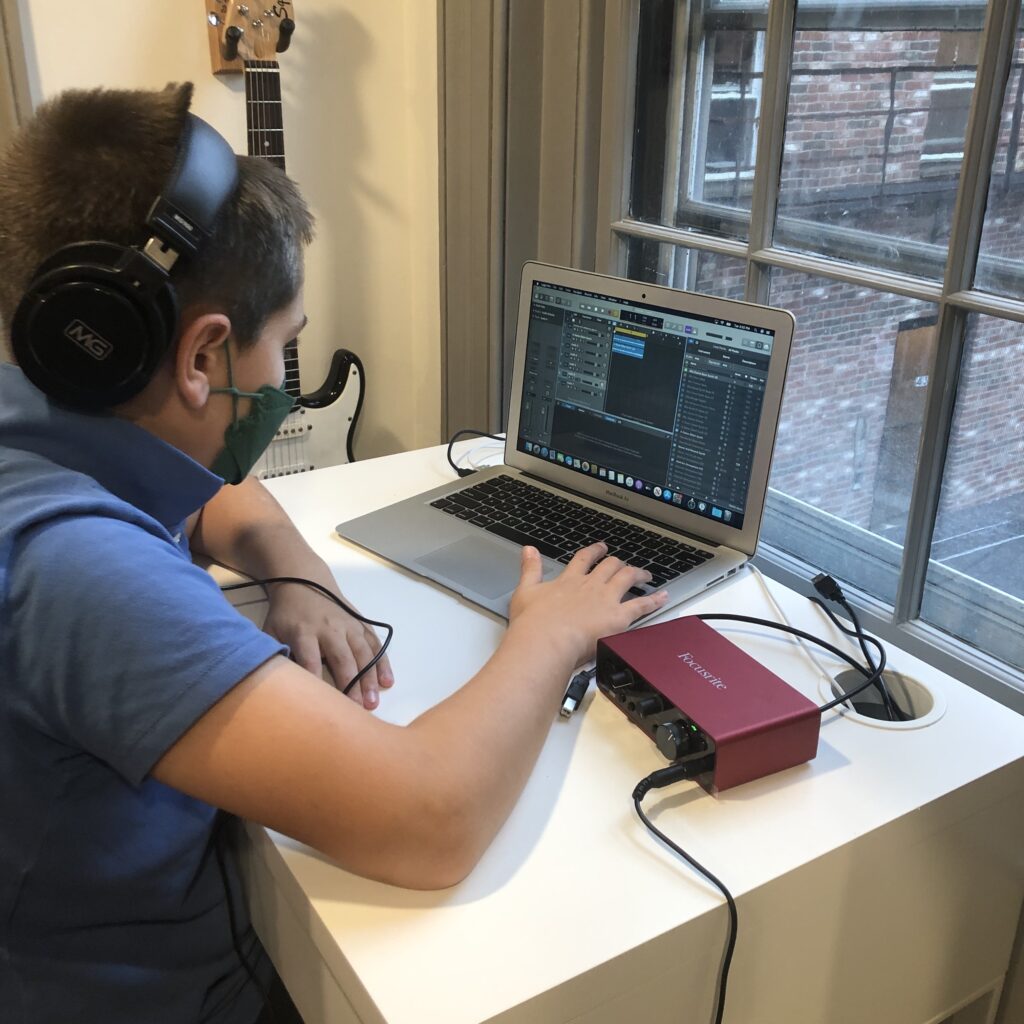Student Resources
INSTRUMENT GUIDE
We do not own or rent instruments for students at NEMPAC, but linked here is a guide to instrument rental and purchases. If you have further questions please reach out to Private Music Instruction Manager, Mary-Alexandra Onstad at monstad@nempacboston.org.
Class Programming:
• Music – Kids Piano Discovery
• Dance & Movement – First Steps
• Dance & Movement – Creative Dance and Movement: Ballet, Young Dancers: Ballet & Jazz, Chorus Liners: Ballet & Jazz
• Dance & Movement – Creative Dance and Movement: Ballet & Tap, Young Dancers: Ballet & Tap, Chorus Liners: Tap
• Dance & Movement – Beginning Hip Hop Dance

Kids Piano Discovery
For both the 10-Week Session and 30-Week Session of Kids Piano Discovery, students will be working from “My First Piano Adventure” by Nancy Faber. You can purchase this book directly from the supplier or Amazon.
- Book: “My First Piano Adventure” by Nancy Faber from Amazon and My First Piano Adventure
For the 30-Week Session of Kids Piano Discovery, students are required to have an instrument for at home practice. We suggest a 32-key electronic keyboard. These are battery operated and portable.
First Steps
Attire- Stretchy, moveable clothing. Many students will wear a ballet leotard and dance skirt, but it is not mandatory for this age.
Shoes- Ballet shoes or anti-slip grip socks.
Resources for Online Lessons
ONLINE PRIVATE LESSONS
In this guide, we will cover information for students who are already registered and signed up with the basics of online private lessons, how to join your online lessons, additional activities you and your child can do together, and a list of free or cheap online resources to keep music, theatre, and dance alive in your home.
Advantages of Online Lessons:
• No lugging instruments around, especially nice for large instruments.
• The online dynamic tends to make the time spent very focused.
• You can continue with your instructor even if you or they travel, or move, or if you live in more than one place.
• You are very unlikely to catch an illness!
• Parents, for young students, are able to dial into lessons from a third location.
• It’s very easy to record the lessons
• Lesson recordings (and notes and attachments added to the lesson) are securely stored for you and the instructor to refer back to at any time.

FOUR COMPONENTS ABSOLUTELY REQUIRED FOR LIVE ONLINE LESSONS:

- Computer or tablet or phone with camera capabilities
- Your Instrument
- Webcam
- Good Internet Connection
Platforms
ONLINE LESSON SET UP
- Set up a time and day for your lesson, and set a rule for who will call who. Will the Instructor call the Student? Or will the student call the Instructor? Be timely with your dial-in!
- Make sure your devices are charged before the lesson! If the device starts to die mid-lesson, it not only knocks the flow of the lesson but can go unnoticed and accidentally cut the lesson short.
- Make sure you meet in the same location with high-speed internet each week (if possible)
- Good lighting is important on both sides.
- Find a quiet room where there are limited distractions – Parents – we advise that you are not in the room after the lesson starts unless the student is aged 7 and under.
- For piano lessons, angle the video camera, phone, or device at the side and down so the instructor can see the piano from the side and your student’s fingers, but make sure they can still see the students face! Instructors should see you, and students should see instructors!
- For other instruments (voice, violin, guitar, etc) angle the camera on both sides to make sure the student and the instrument are in clear view. We want to be able to see your face and middle to upper body. It is best to set the video conferencing device higher than the desk level. If you can safely prop it on a shelf or something similar that is ideal. You may need to prop the device with a book so the camera faces out and not up your nostrils or at the ceiling. We want to avoid this.



